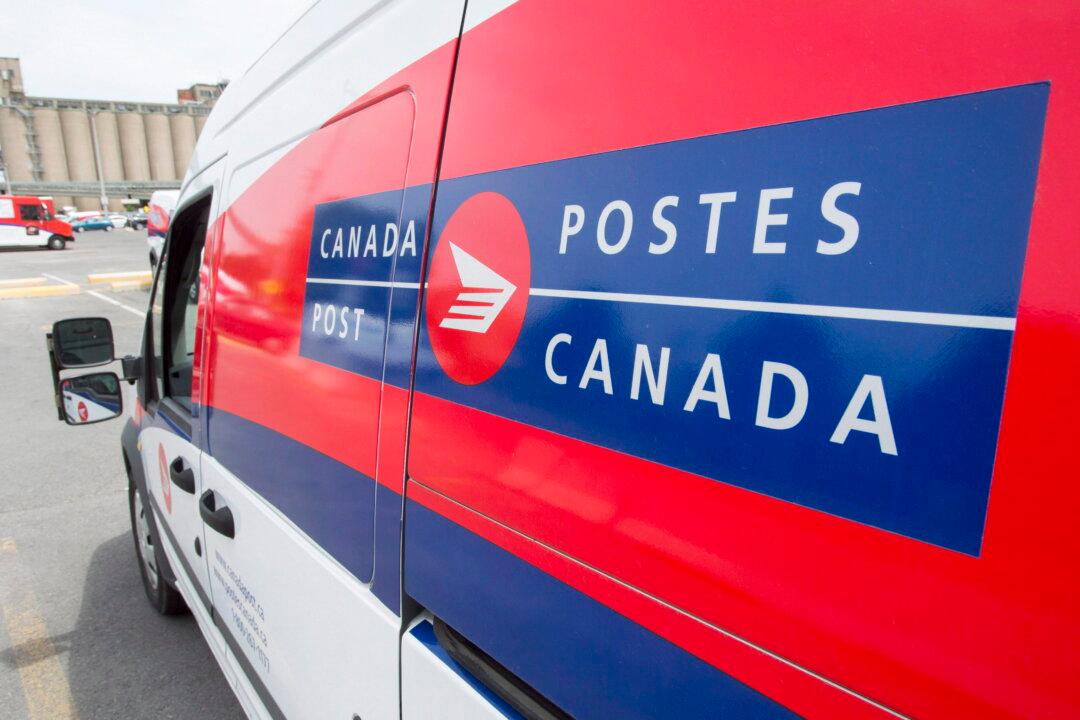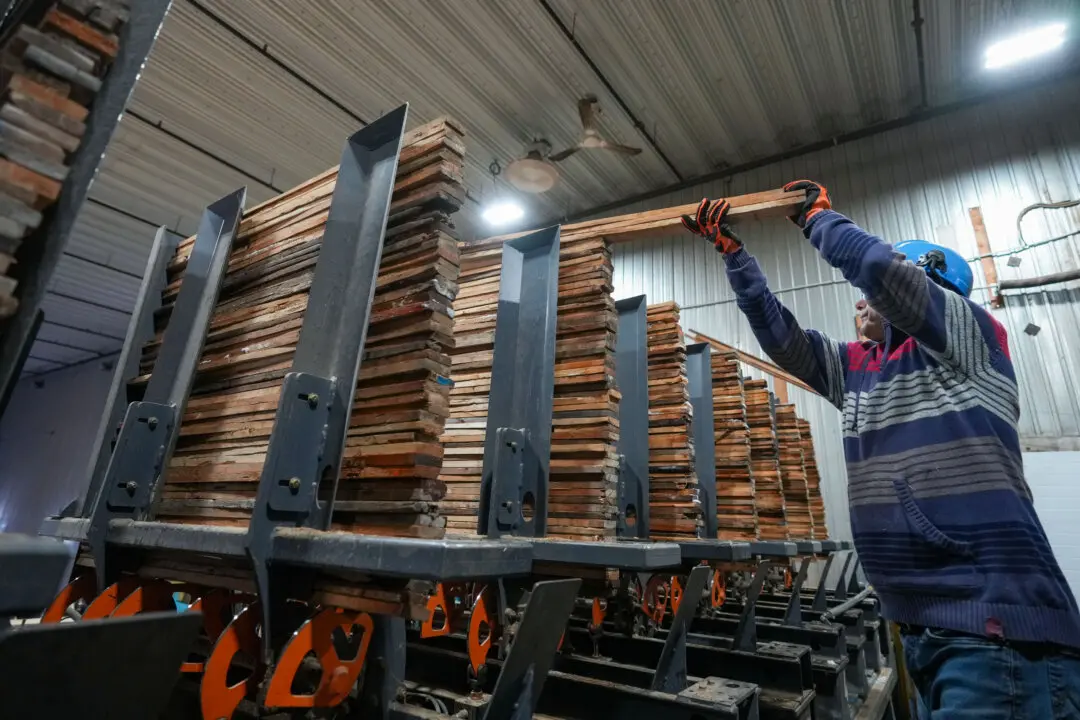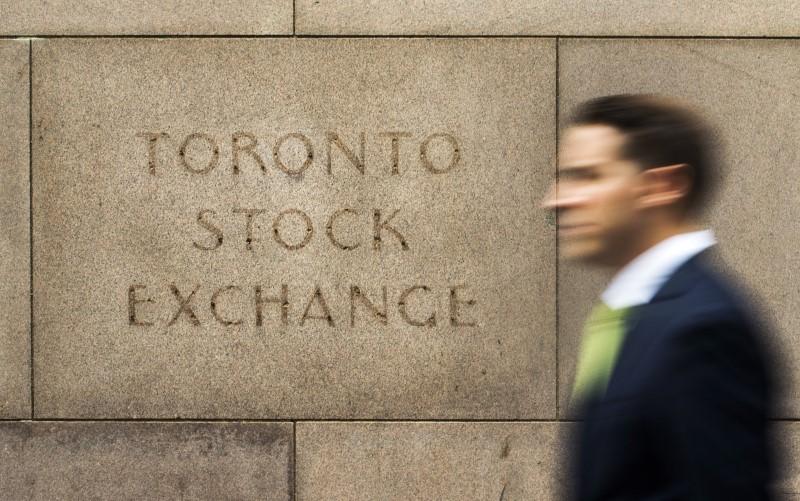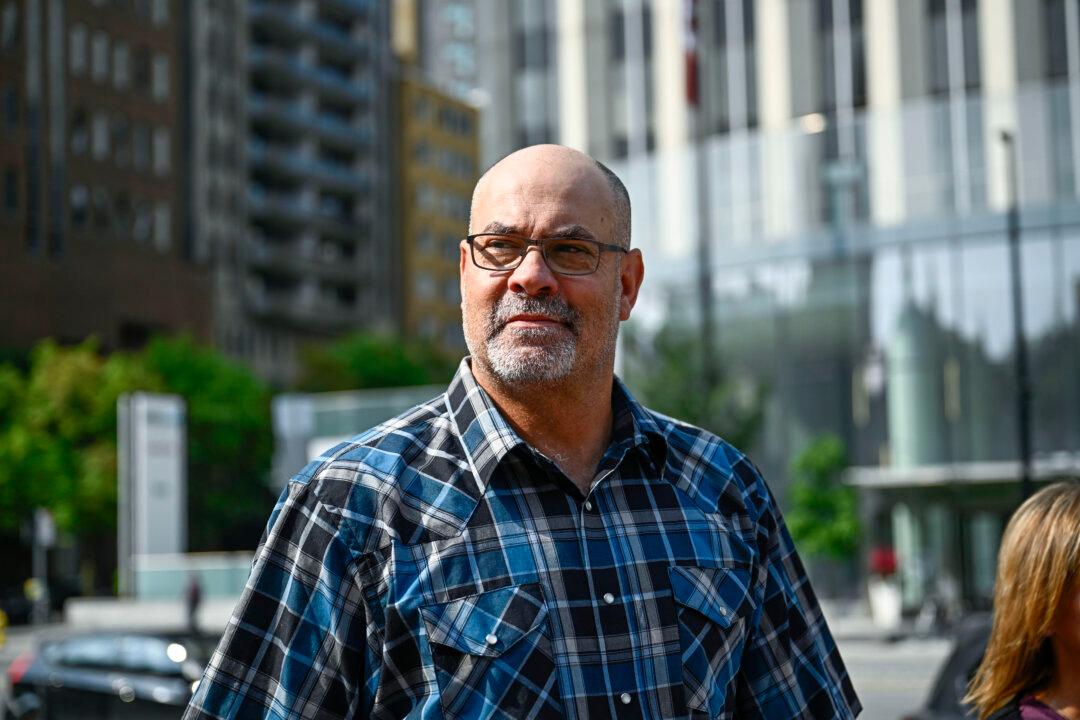The federal government has passed new regulations allowing Canada Post to store and transport restricted firearms as part of its firearms buyback program.
The Oct. 16 order-in-council will allow couriers at the postal service to transport prohibited firearms to disposal facilities to be destroyed. The Liberal government’s firearms buyback program is expected to begin in the fall of this year.





